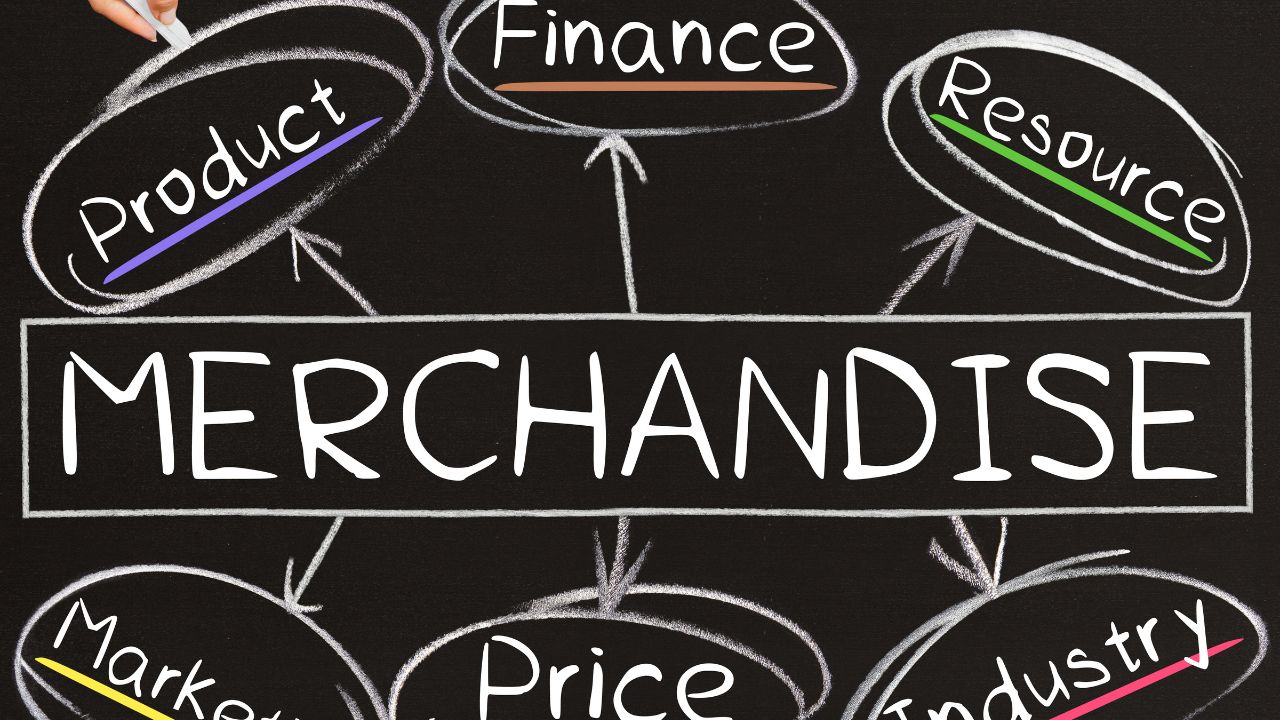Many people associate visual merchandising with physical retail stores, where eye-catching displays and well-planned layouts guide customer behavior and impact purchasing decisions. However, as e-commerce expands, visual merchandising techniques are playing a growing role in shaping the online shopping experience, helping brands create visually engaging and conversion-driven digital storefronts.
Just like a window display in a store attracts customers, good design can do the same online. Well-placed design elements, organized product displays, and clean layouts can make an online store enjoyable.
This blog explores the best visual merchandising techniques to enhance online stores, improve customer experience, and ultimately drive sales. If you are creating a digital store or updating your design, this guide can help. It will assist you in changing your online visual merchandising strategy.
Why Visual Merchandising Techniques Matter for E-Commerce
Online shopping does not face limitations from physical store space. However, good visual merchandising is still crucial. Since customers cannot touch or hold products, the visual design of your online store is very important. It helps build trust and guides buying decisions.
Key Benefits of Visual Merchandising Techniques for Online Stores
- Boosts Customer Experience
Navigating a website is like walking through a well-designed store. Clean layouts, high-quality images, and easy design improve the customer experience. This creates a lasting impression.
- Encourages Customers to Buy More
Smart product placement and cross-selling can use tactics found in physical stores. This includes grouping products or placing related items together.
- Helps Target Customers
With a good visual merchandising strategy, you can shape your online store to fit your target customers’ likes. This helps your products stand out in a crowded market.
- Creates a Memorable Brand Identity
A strong visual design helps show your brand’s identity. It makes your store memorable and encourages customers to come back.
Essential Visual Merchandising Techniques for Online Stores
1. Craft a Winning Store Design
Your online store design serves as the digital equivalent of the retail floor plan. It should be clean, intuitive, and guide customers effortlessly toward the checkout process.
- Use white space to keep the layout uncluttered—this directs customers’ attention to focal points, like featured products.
- Employ consistent branding elements (colors, fonts, and logos) across every page to create an identifiable and professional appearance.
Quick Tip for Effective Store Design:
Make sure your navigation bar and search functionality are easy to use. This ensures customers can find products without frustration, boosting the overall store experience.
2. Improve First Impressions With Eye-Catching Visuals
High-quality images and captivating designs grab customers’ attention instantly. People often form first impressions in seconds, so use visuals to make a statement.
- Feature rotating banners on your homepage with promotions, seasonal offers, or customer reviews.
- Invest in professional photography for your product images. Display products from multiple angles and include zoom features for better clarity.
- Add lifestyle imagery to showcase products in use, creating an emotional connection with your target customers.
3. Guide Customers With Strategic Product Placement
Online stores should place popular items in visible areas to attract more customers and boost sales.
- Create Focal Points: Use bold imagery or call-to-action buttons to highlight promotional items or bestsellers.
- Place similar products together, so customers can easily compare options. For example, grouping products by category facilitates quicker decision-making.
- Use “eye-level” strategies by showing your most important products where users can see them without scrolling.
4. Leverage Compelling Floor Plans—Digitally
Floor plans aren’t just for physical stores! The concept can translate into your website layout, ensuring that traffic flows smoothly through your site.
- Adopt design elements like breadcrumbs to tell customers where they’ve been and provide clear paths back to earlier sections.
- Use “power pages” such as your homepage, product pages, and checkout to guide customers through the buying process effectively.
Example of a Digital Floor Plan:
A homepage highlights featured collections → Product Pages display related items → A Highly Visible Checkout Prompts Fast Purchases.
5. Encourage Browsing With Recommendations
Effective visual merchandising involves encouraging customers to explore. Use personalized recommendations based on browsing behavior to suggest products they’ll love.
Examples of Recommendations to Include:
- “Customers who bought this item also bought…”
- “Popular picks in your area.”
- “Staff favorites and seasonal trends.”
This helps build trust and exposes shoppers to products they might not have otherwise noticed, improving your ability to guide customers toward additional purchases.
6. Tap Into the Psychology of Color and Layout
Online shoppers respond differently to visuals based on color schemes, graphic placement, and overall store design.
- Use color theory: Bright, bold colors like red or orange create urgency, making them ideal for sale banners. Cooler tones like blues and greens promote calmness, which works well for high-end or luxury brands.
- Structure your pages intentionally: Prioritize product categories and highlight what’s trending, all while keeping the structure clean and concise to avoid overwhelming customers.
7. Create a Cohesive Visual Merchandising Strategy
Good visuals are just one part of the puzzle. A clear and cohesive visual merchandising strategy ensures that every design decision aligns with your marketing goals.
Key Steps to Developing a Strategy:
- Define your target customer: Know their preferences, shopping habits, and expectations.
- Align visuals with brand identity: Ensure that everything from product descriptions to product placement reinforces your brand.
8. Organize Products Intelligently
Clustering related products together helps customers envision combinations and inspires multi-item purchases.
- Use themes like “Back-to-School Essentials” or “Holiday Gift Ideas” to group products together.
- Highlight packages or bundles that save customers time and money, further boosting your conversion rates.
9. Don’t Forget Mobile Optimization
With more customers shopping on their phones, ensure your online store is responsive and easy to browse on smaller screens. A seamless mobile experience is non-negotiable in today’s competitive e-commerce landscape.
Key Mobile-Friendly Tips:
- Use large, touch-friendly buttons.
- Optimize image loading times for quick performance.
- Ensure product descriptions are succinct and scannable.
How to Encourage Customers Through the Checkout Journey
Creating attractive store layouts and product pages is just the beginning. By understanding how to design an effective checkout process, you can encourage customers to finalize their orders confidently.
Tactics to Reduce Cart Abandonment:
- Simplify the checkout process to just a few steps.
- Offer multiple payment options to appeal to a broader audience.
- Use urgency tactics, such as “Limited stock available!” notices, to prompt faster decisions.
These steps ensure that customers’ attention isn’t lost after browsing.
Take Action for Outstanding E-Commerce Success
Visual merchandising techniques aren’t just for retail stores—they’re a vital part of online success. By combining intelligent design with strategic product placement, you can create an engaging store that captures attention, guides customers, and delivers an unforgettable shopping experience.
To learn how you can optimize your store for better engagement, higher conversions, and improved customer loyalty, visit Marketing Immersion today! Transform your online store into a destination customers will love.






